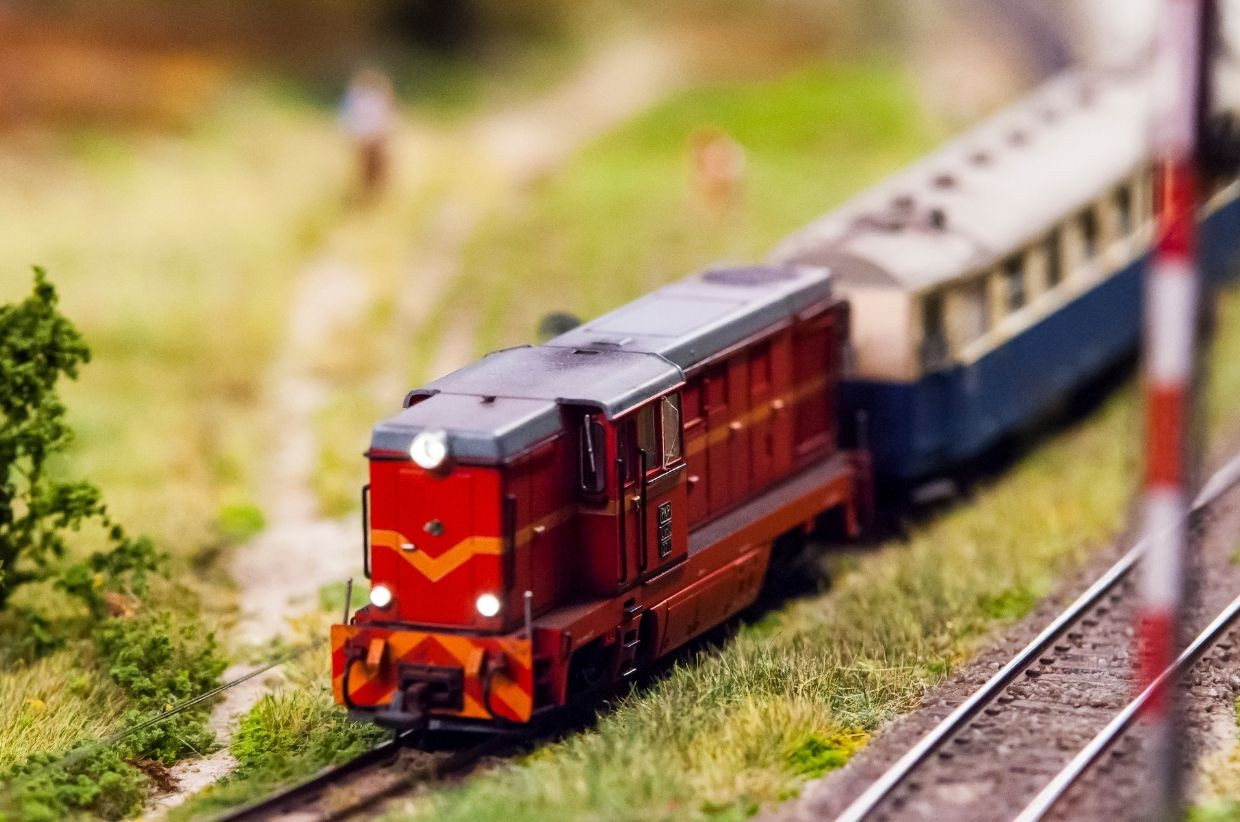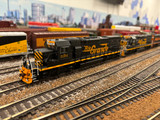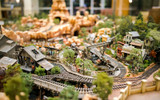How Do Model Railroad Train Track Currents Work?
The model railroad hobby has an intimidating barrier of entry, especially when so much of the electrical equipment requires expertise and a deft hand to set up. Many hobbyists are very welcoming and want to encourage newcomers to the community, ourselves included, so allow us to give you a head start with some insight on how model railroad train track currents work.
Direct vs. Alternating Current
There are two kinds of power you’ll see used depending on the scale of your model trains. Due to N and HO scale locomotives being the most popular worldwide, direct currents are far more common. Because of this, you’ll typically hear that direct currents, or DC power, are considered the default when talking about how model railroad train track currents work. The two scales that do use alternating currents are the “O” and “S” scale trains. This is an important distinction to make, as you don’t want to use the wrong type of power for your particular equipment.
Power Packs
From here on out, you can assume that we’re discussing DC power while we touch on power packs.
The majority of power packs have two outputs: variable voltage, which powers the trains from 0-12 VDC, and a constant 12 VCD to run accessories like switch machines. The variable voltage is responsible for running the motor(s) and lights in a locomotive, allowing you to control the speed of your trains. Every power pack will have a current rating that determines how much power a power pack supplies— which also roughly translates to how many locomotives a power pack can power simultaneously. A typical HO scale train draws about one-half amperes of current under load, and this consistent drawing of power between models will allow you to get an idea of how many trains a single power pack can support.
Throttling Multiple Trains
As you become more proficient and familiar with model railroading, you’ll likely be interested in running more than one locomotive at a time. While you now understand how to properly power multiple trains, the next step is learning how to throttle them. Placing two trains on the same track puts them under the control of the same power pack, which isn’t ideal if you want trains operating independently. The DCC system allows you to control individual trains with ease using a command transmitter device. Each locomotive will have a command receiver that allows you to issue individual commands without the need to divide the railroad into different power blocks.
Recent Posts
-
Capturing History in Miniature: The Art of Prototype Modeling in the Model Railroad World
Prototype modeling in the model railroad world involves creating miniature replicas of real-life tra
-
Unveiling the Imaginative World of Fictional Railroads: Where Creativity Meets the Rails
Model railroading has long been a hobby rooted in historical accuracy and meticulous attention to de
-
Creating Your Model Railroad: Step-by-Step Guide to Laying Track
Model railroading is a fascinating hobby that allows enthusiasts to recreate miniature worlds of rai




